Get your passes now! Offer ends 12/2 at 11:59PM HST.
Contrary to popular belief, all 17 species of penguins are found in the Southern Hemisphere and only two species, the Emperor and the Adele penguin, live exclusively on the continent of Antarctica. The others are found in places such as Australia, New Zealand, South America, and Africa.
At Sea Life Park you can see Humboldt Penguins. These penguins are found in Chile and Peru. They get their name from the Humboldt Current, which flows up from Antarctica along the coast of South America. So the warm Hawaiian weather is actually quite comfortable for them, and if they ever need to cool off they can always take a swim.
The water in the penguin habitat is salt water – penguins are actually a type of seabird! Sea Life Park pumps about 12 million gallons of fresh sea water through our habitats every day. We do not put any kind of chemicals into that water, so algae grows naturally in our habitats. This algae called diatoms actually absorb harmful sunlight and produce atmospheric oxygen.
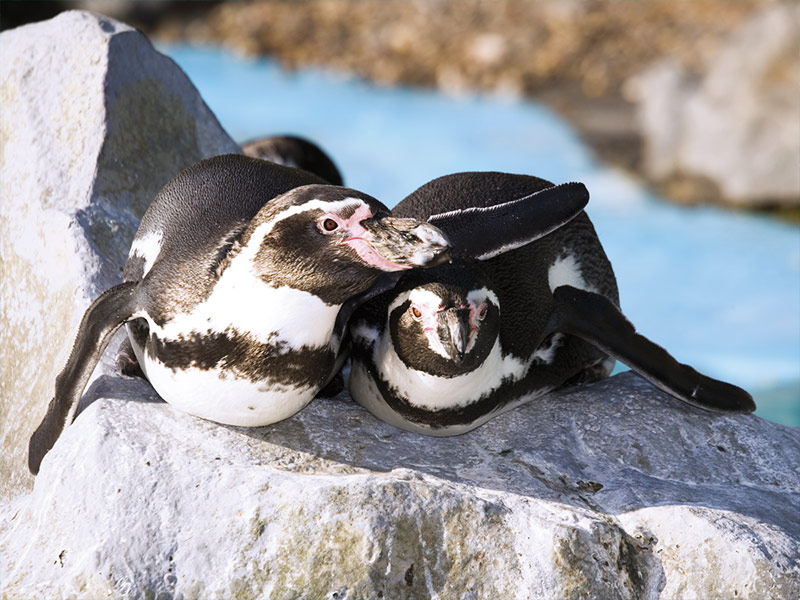
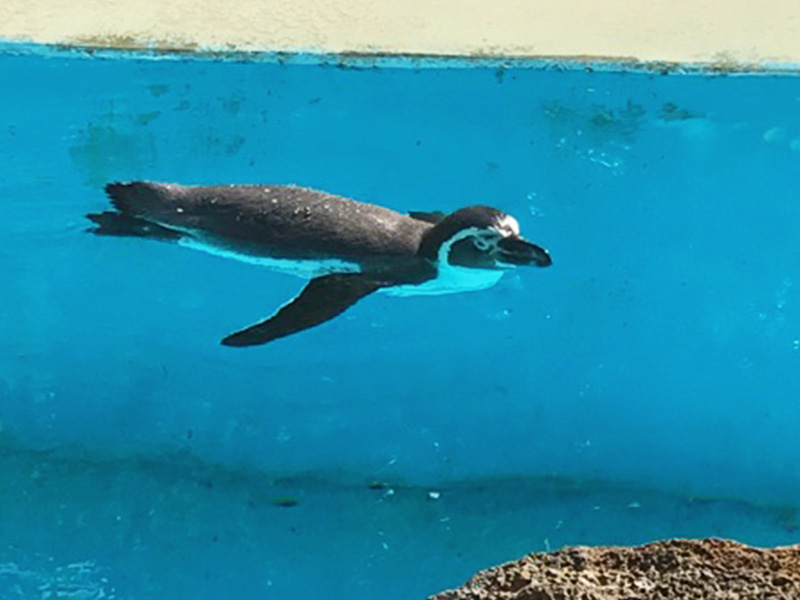
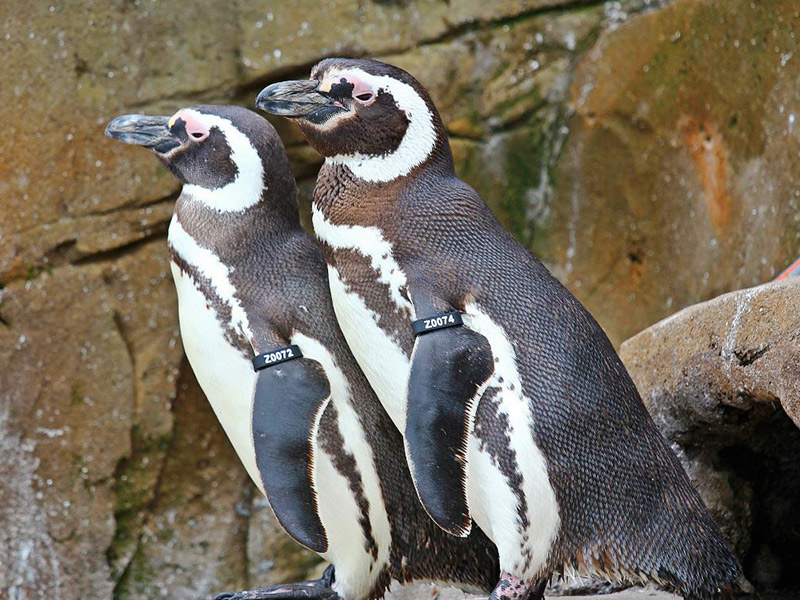
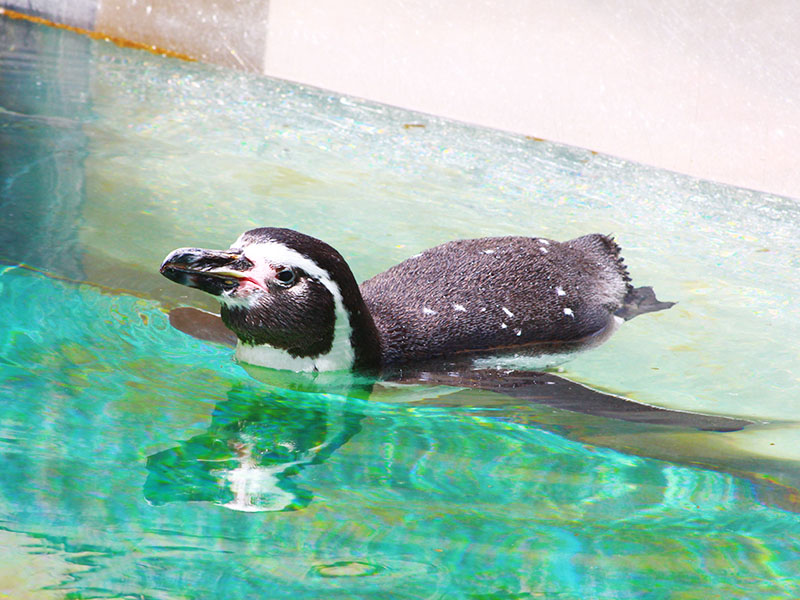
Penguins are birds however they cannot fly. They have many adaptations for swimming and survival in the water. Their wings are shaped like paddles, which enables them to swim up to speeds of 9 miles per hour. They can also dive about 1 to 2 meters deep, and hold their breath for about 1 minute. However, the deepest penguin dive was recorded at 1, 752 feet.
A penguins coloration is actually a type of camouflage called counter-shading. The back is black because looking down through the water the dark color blends in with the dark colors of the ocean, and the front is white because if a predator was looking up, the penguin would blend in with the light from the sun reflecting on the water.
Thermoregulation: Not only are the feathers colored as camouflage, but they are so tightly packed together, with 70 feathers per square inch or the size of a quarter; that they serve as a waterproof wet suit. This allows the penguins to stay warm in the cold water. The feathers overlap and are coated with oil to make a waterproof dive suit for the penguin. Blubber also provides insulation and energy storage. Despite all of those feathers, penguins go through a yearly molt. During that time, they lose all their feathers and cannot go in the water, therefore they do not feed. The molt occurs at the end of every summer or early fall right after the breeding season. After the molt they get a new soft coat of feathers. This yearly routine occurs throughout the penguin’s entire life, which is about 20 to 30 years in the wild.
Breathing air: When swimming long distances, the penguin breathes by “porpoising,” swimming like dolphins close to the surface with quick leaps into the air to catch a breath. When chasing prey, they surface every 2-3 minutes, but the emperor has been timed at 18 minutes underwater.
Legs: The legs of a penguin help steer, acting as rudders. Just like most other seabirds, their feet are webbed.
Eyes: The penguin is believed to have very powerful eye muscles. This allows it to see prey more clearly by pulling the blurred underwater images together, as in the use of a face mask when a person is snorkeling or diving.
Mouth: A spiny tongue, powerful jaws, and razor-sharp beak aid the penguin in capturing its prey. Food includes fish, crustaceans, (especially krill), and squid. Penguins swallow their food whole, without chewing.
Salt-Excreting Gland: Penguins get water from the foods they eat and by drinking saltwater. Special glands extract excess salt from their blood. The salt solution is expelled from the nose. Droplets flow down grooves on the bill, and then are shaken off.
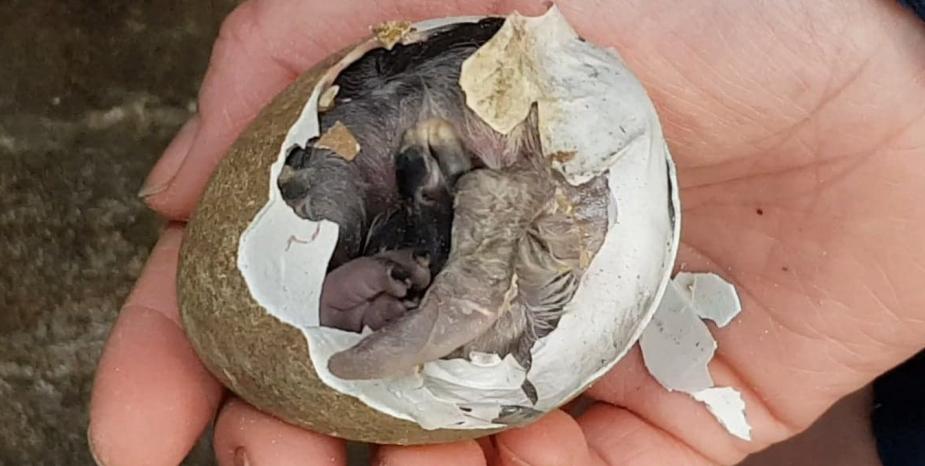
Penguins have many predators such as seals, sea lions, killer whales, and sharks. However, the most dangerous time for a penguin is while still in the egg and as a chick. Other birds prey on young chicks and eggs. For the penguins living in South America, like the Humboldt Penguin, their eggs are a food source for snakes, lizards, and mongoose. On top of all of these, penguins must survive their biggest threats; which are pollution, habitat destruction, and over fishing. All of which are caused by humans. Only one species of penguin is labeled endangered as of right now, which is the yellow-eyed penguin in New Zealand. However, 4 species, including the Humboldt Penguin are considered threatened.